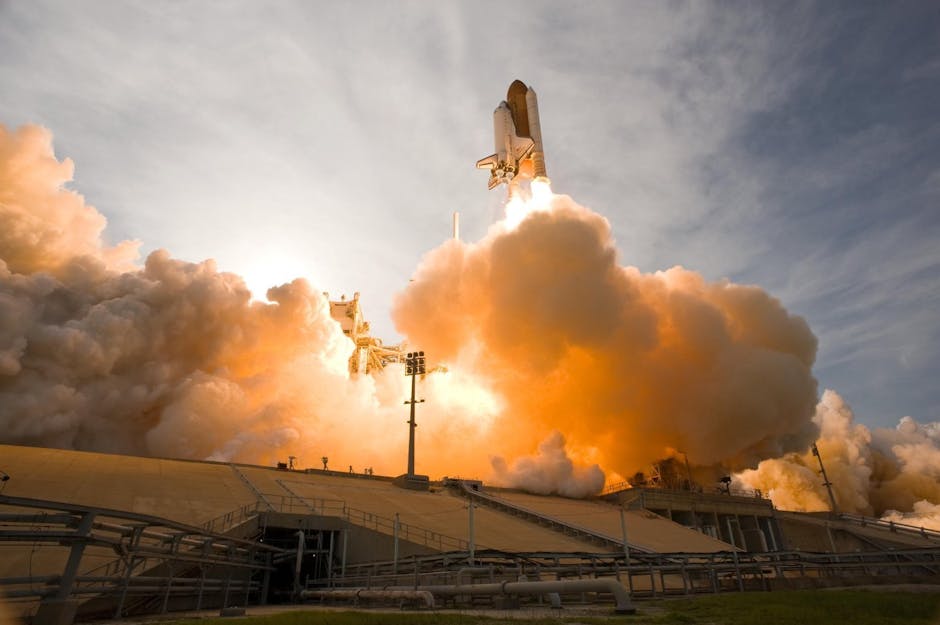The New Geopolitical Prize: Rare Earth Elements
In the high-stakes world of geopolitics, the new currency isn’t just oil or data—it’s a group of 17 obscure metals known as rare earth elements (REEs). These are the unsung heroes of the modern world, the vital ingredients in everything from your smartphone and electric vehicle to the sophisticated guidance systems in fighter jets.
For decades, one nation has held a near-monopoly on this critical resource: China. Now, as Washington scrambles to break this dependency, its eyes have turned to a key player in Southeast Asia: Malaysia. But the U.S. is discovering a familiar challenge—the dragon is already deeply entrenched.
America’s Malaysian Strategy: The Lynas Linchpin
The American strategy is clear: build a resilient, non-Chinese supply chain for these indispensable minerals. At the heart of this ambition is Lynas Rare Earths, an Australian company operating the world’s largest single rare earths processing plant outside of China, located in Kuantan, Malaysia.
The Pentagon has already invested millions in Lynas, signaling a firm commitment to propping up alternatives. For the U.S., a friendly, established processing hub in a strategic location like Malaysia is the perfect foundation to build upon. It’s a move to de-risk its most sensitive industries, from green technology to national defense, from Beijing’s potential weaponization of its supply chain dominance.
China’s Deep-Rooted Influence
However, viewing Malaysia as a simple plug-and-play solution for America’s supply chain woes is a dangerous oversimplification. China’s influence in Malaysia isn’t just about a rival factory down the road; it’s woven into the very fabric of the nation’s economy.
For over a decade, China has been Malaysia‘s largest trading partner. Chinese capital has poured into massive infrastructure projects under the Belt and Road Initiative (BRI), from ports to railways, creating deep economic and political ties that challenge new U.S. overtures.
Malaysia‘s Delicate Diplomatic Balancing Act
This presents a complex dilemma for Kuala Lumpur. While it welcomes American investment and the prestige of hosting a critical node in a new global supply chain, it cannot afford to alienate its most powerful economic partner. Malaysian leaders are masters of a delicate diplomatic dance, balancing the interests of both superpowers. They will seek to maximize economic benefits from both Washington and Beijing, without being forced to definitively pick a side in this escalating rivalry.
Furthermore, the domestic politics within Malaysia add another layer of complexity. The Lynas plant itself has been a lightning rod for controversy, facing years of protests from environmental groups and local communities concerned about the disposal of low-level radioactive waste—a by-product of REE processing. This public sentiment complicates any plans for seamless expansion and is a point of leverage China can subtly exploit.
The Indo-Pacific Chessboard
For nations like India, this geopolitical drama is a direct reflection of the challenges and opportunities in the Indo-Pacific. As New Delhi pursues its own self-reliance missions, securing critical mineral supply chains is paramount. The U.S.-China contest in Malaysia is a clear signal that the global chessboard for strategic resources is being redrawn.
This battle underscores the importance of initiatives like the Quad, where India, the U.S., Japan, and Australia are collaborating on building secure and resilient supply chains. Washington has arrived in Malaysia with a plan, but China has been playing the long game for years. The winner won’t just be the one with the deeper pockets, but the one who best navigates the intricate economic, political, and environmental landscape of the region.




